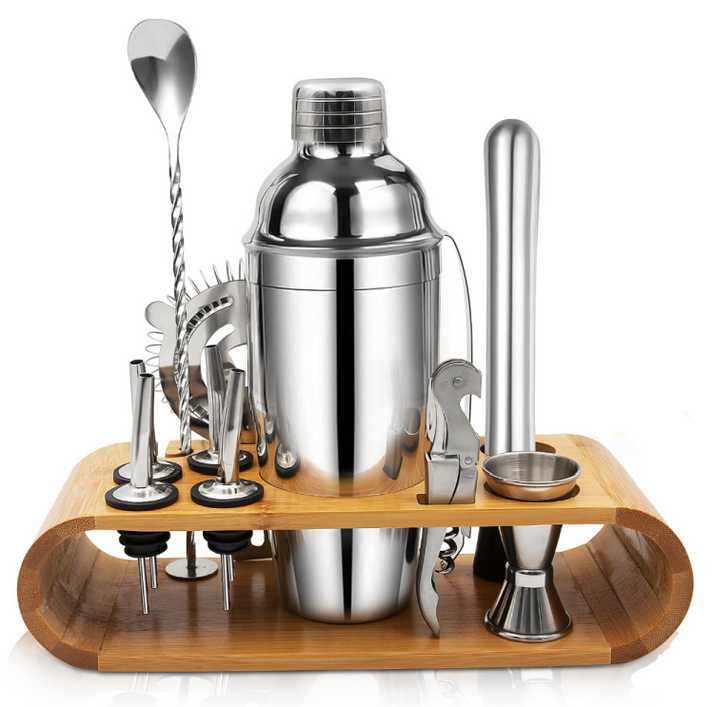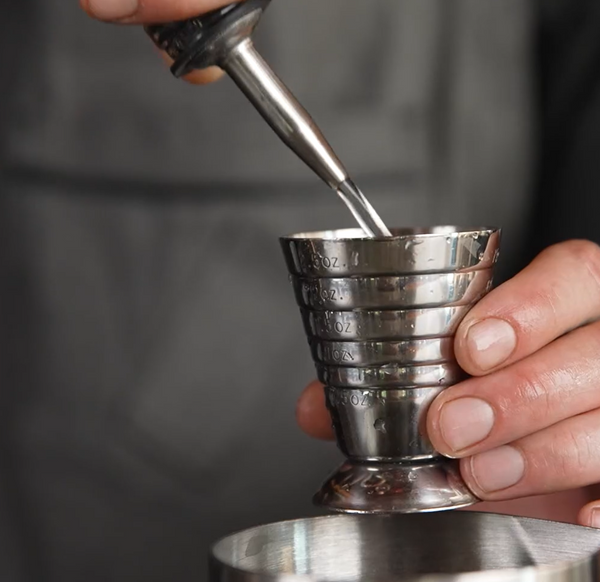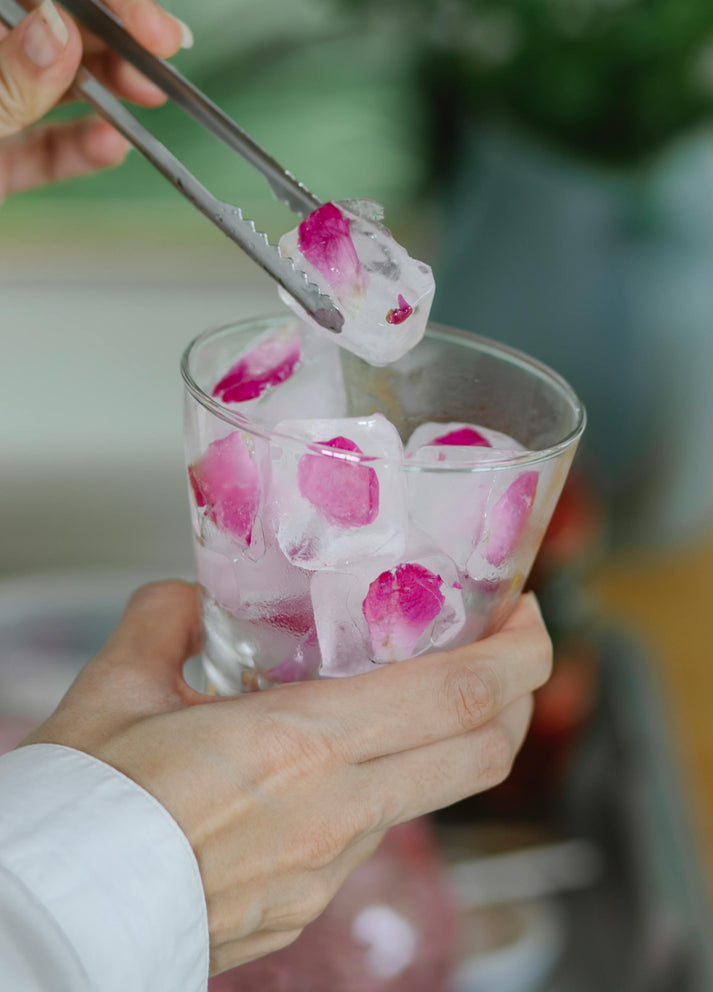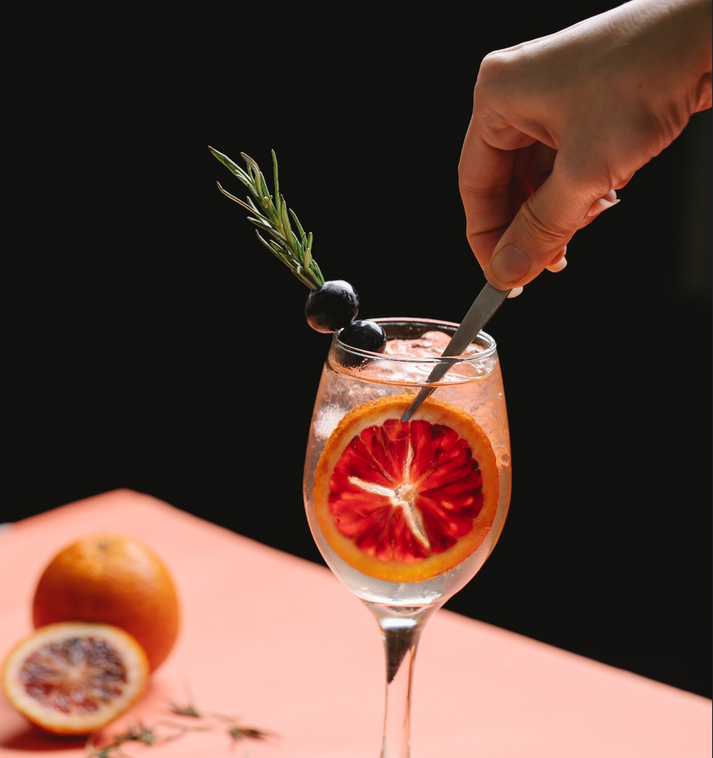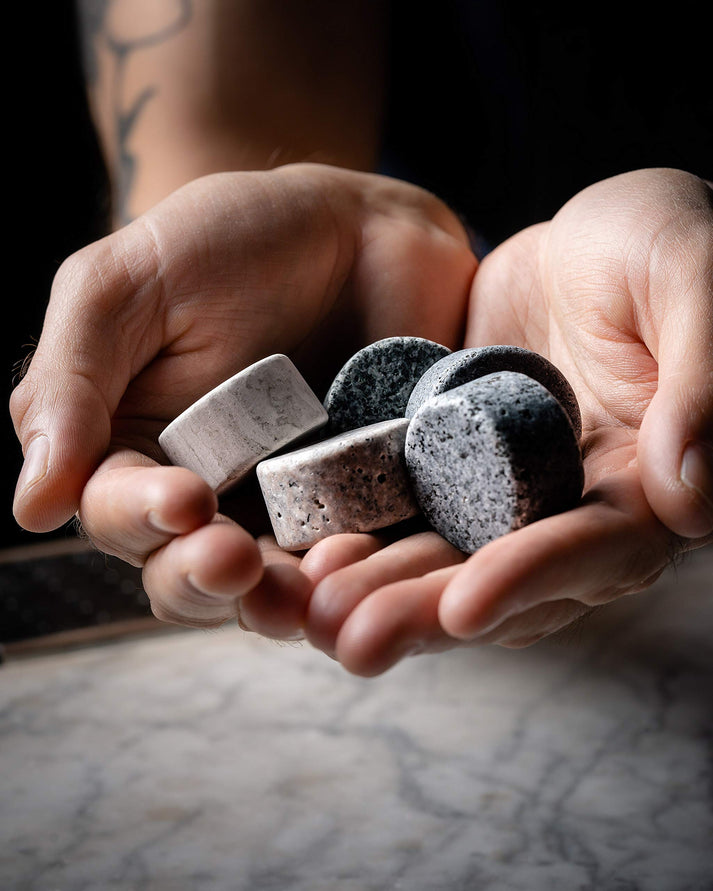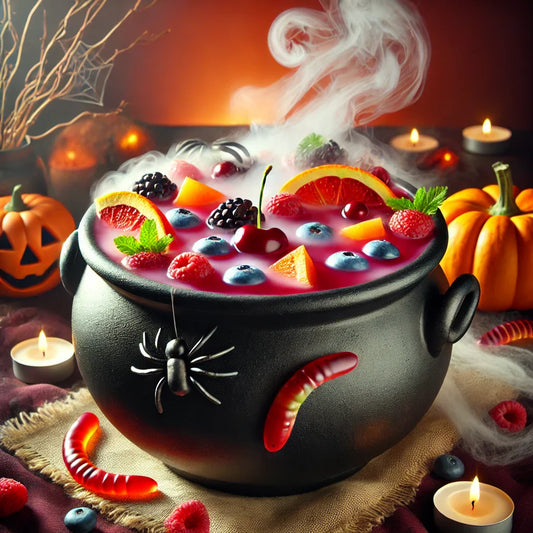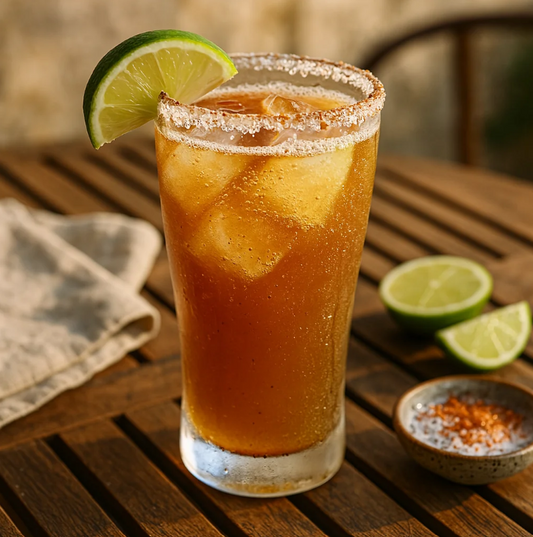Mixology is the art of crafting cocktails, and learning its core techniques is essential for anyone who wants to create flavorful and well-balanced drinks. Whether you're a beginner or looking to refine your skills, mastering these basic methods will set you on the right path to becoming a cocktail expert.
What is Mixology?

Mixology goes beyond simply mixing drinks. It’s about understanding flavors, balancing ingredients, and delivering a sensory experience in every sip. While advanced techniques exist, starting with the basics ensures that you have a strong foundation to build upon.
Essential Mixology Techniques
Here are the most commonly used techniques in mixology that every aspiring bartender should know:
1. Shaking
Shaking is one of the most recognizable techniques in mixology. Using a cocktail shaker, this method is ideal for combining ingredients like fruit juices, syrups, and spirits. It not only blends the flavors but also chills the drink, creating a smooth and consistent texture.
How to Shake:
- Fill the shaker with ice.
- Add all liquid ingredients.
- Shake vigorously for 10–15 seconds.
- Strain into a glass for a perfectly mixed cocktail.
2. Stirring
Stirring is a gentler method used for cocktails that need minimal dilution and a smoother texture, such as martinis or old fashioneds. It ensures that the ingredients are evenly chilled without over-mixing.
How to Stir:
- Combine ingredients in a mixing glass with ice.
- Stir with a long bar spoon for 20–30 seconds.
- Strain into a chilled glass.
3. Layering
Layering creates visually stunning cocktails by stacking liquids of different densities. This method is often used for layered shots or colorful cocktails.
How to Layer:
- Pour the heaviest liquid first.
- Slowly add each subsequent layer over the back of a spoon to avoid mixing.
- Serve immediately to showcase the distinct layers.
4. Muddling
Muddling is the process of gently crushing ingredients like fresh herbs, fruits, or spices to release their flavors and aromas. It's a must for cocktails like mojitos or caipirinhas.
How to Muddle:
- Place the ingredients in the bottom of the glass or shaker.
- Use a muddler to press and twist the ingredients gently.
- Avoid over-muddling, as it can release bitterness from herbs.
5. Jiggering
Accuracy is key in mixology, and a jigger ensures precise measurements. This tool prevents over-pouring and maintains the perfect balance of flavors.
How to Use a Jigger:
- Pour each ingredient into the jigger up to the desired line.
- Transfer the liquid to the shaker or glass.
6. Flaming
For dramatic flair, flaming involves igniting a garnish (such as an orange peel) to release aromatic oils and create a visual spectacle.
How to Flame:
- Carefully ignite the garnish using a lighter.
- Pass the flame over the cocktail briefly for added aroma.
- Safety first: Ensure you're in a well-ventilated area and keep flammable materials away.
Tools Every Beginner Needs

To master these techniques, invest in a few essential tools:
- Cocktail shaker
- Mixing glass
- Bar spoon
- Muddler
- Jigger
- Fine strainer
These tools will help you elevate your cocktail-making game and impress your guests.
Shop Cocktail AccessoriesStart Crafting Cocktails Today!
Mastering the basics of mixology opens the door to endless creativity in crafting your cocktails. By learning these techniques, you'll not only improve your skills but also gain the confidence to experiment with flavors and presentations.
Whether you're preparing classic drinks like martinis or exploring bold new creations, these techniques will serve as your foundation.
Explore More:
Want to dive deeper? Check out our article on the History of the Mojito and learn about one of the most iconic cocktails of all time:
Discover Tools to Perfect Your Cocktails

Looking for quality tools to enhance your mixology journey? Visit our Cocktail Accessories Shop and find everything you need to make every cocktail a masterpiece.
Cheers to your mixology journey! 🥂


